This sunny day of April 18, 2019, saw the visit of the Belgian Minister of Defence Didier Reynders at the base of Florennes.
After a visit to the military camp of Marche en Famenne and other facilities, the Minister continued his journey with the air base of the Province of Namur. The highlight of the day was a flight on an F-16B, a first for the new Minister.
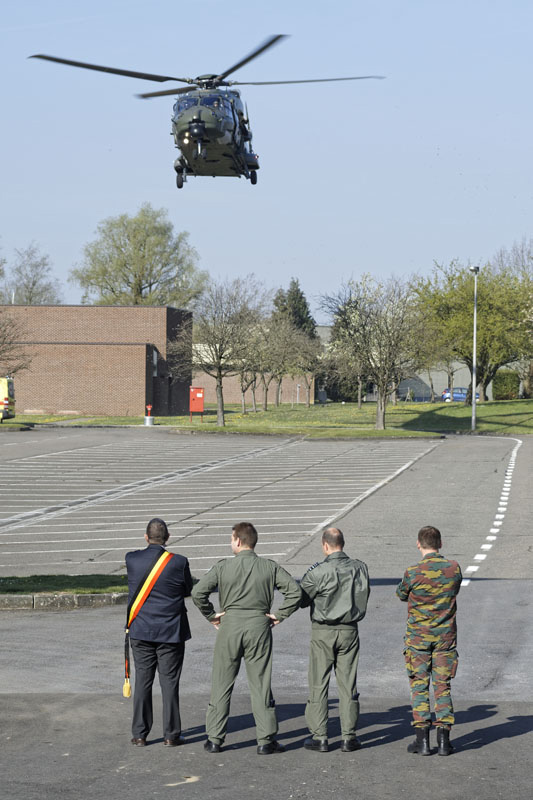
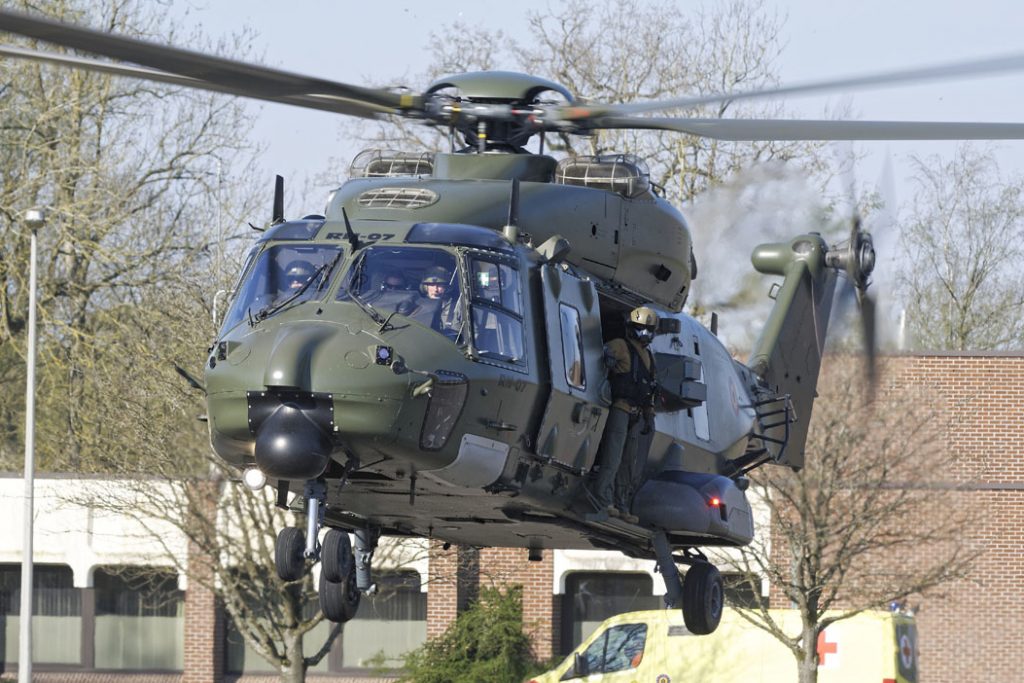
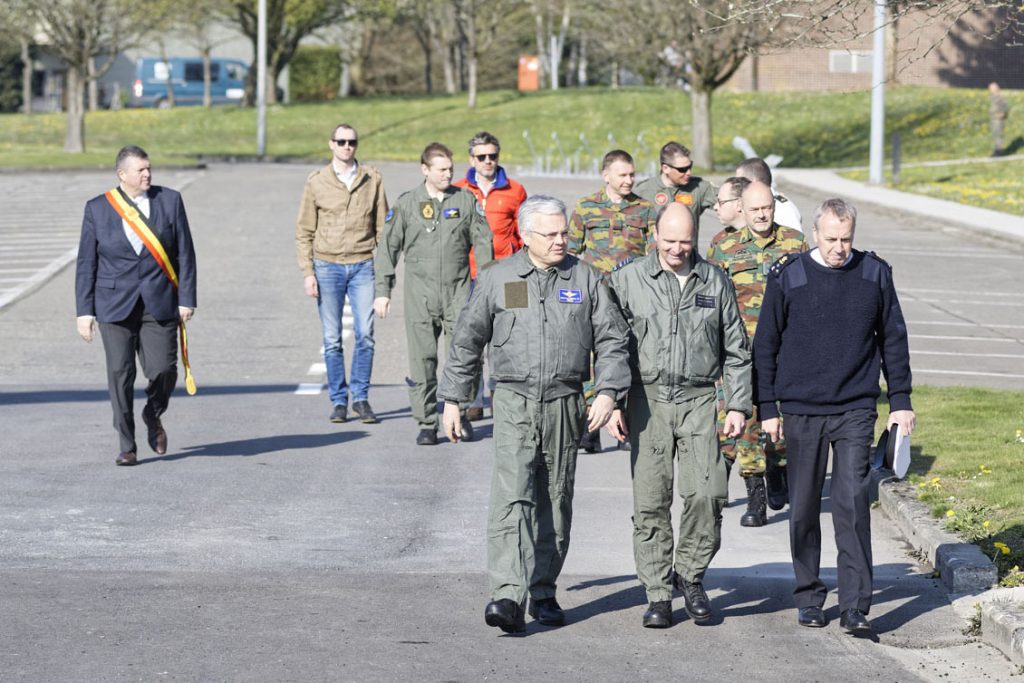
But first of all, let’s go back to the press conference where Mr Reynders was surrounded by General Vansina, Colonels Polome (Base Commander), Van Pee (Project Officer for the F-35 Acquisition) and Cruysberghs (Project Leader of the MQ-9B remotely piloted aircraft programme). This conference was to define the near future of Florennes base.
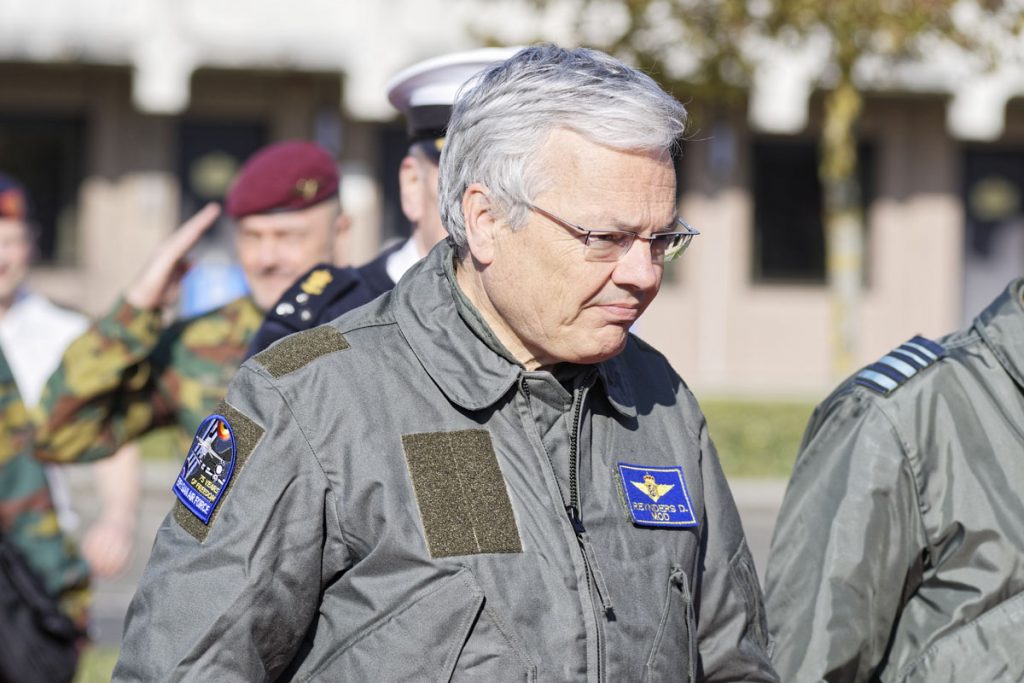
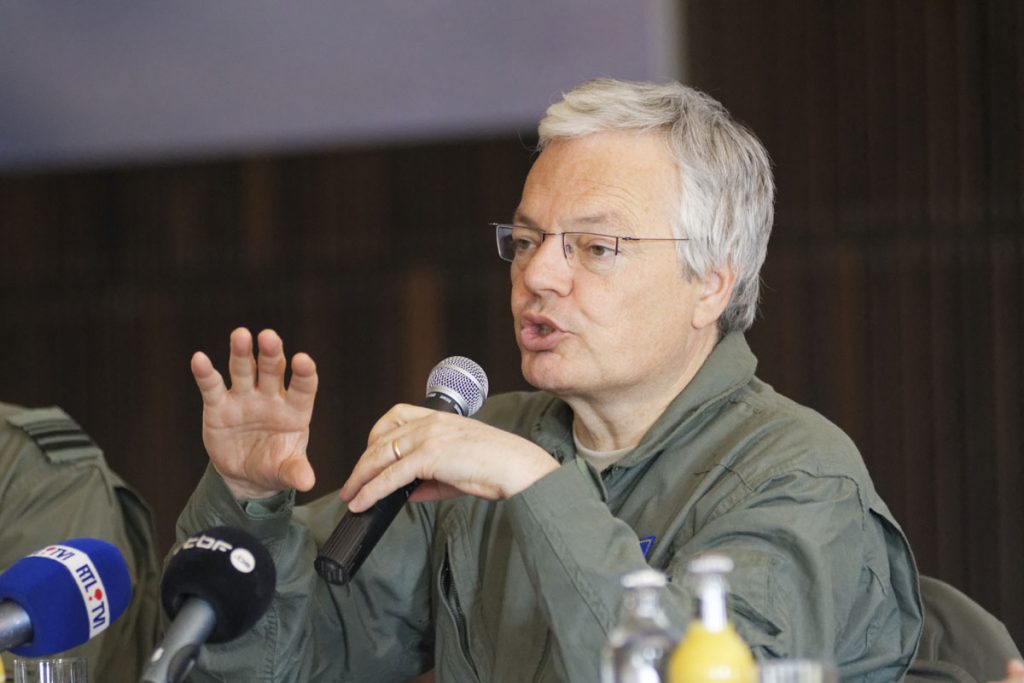
Minister of Defence: I think that my arrival here in Florennes is a necessary passage after my meeting with the Army and Medical Component. It is also a way to discuss issues and perspectives for the future. I know there is a great motivation for air force personnel.
There have been a number of decisions on the replacement of the C-130 capacity with the arrival of the A-400M that will come and take place in Melsbroek. In December 2018 the decision was made to order a flight simulator and to construct the building to install it. It’s the same with a tanker aircraft that will also modernise our equipment. Of course also the drones MQ-9B of the MALE class (Medium Altitude Long Endurance) and the replacement of our F-16s by a fleet of 34 F-35A. This is also where we have significant challenges from the point of view of the staff here in Florennes but also in Kleine-Brogel.

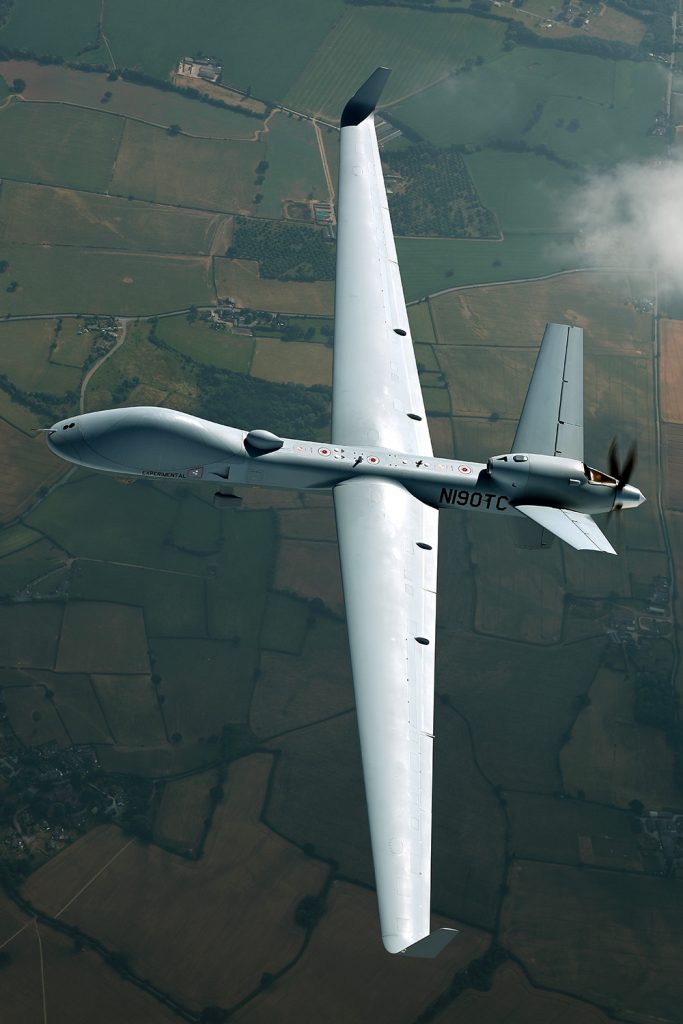
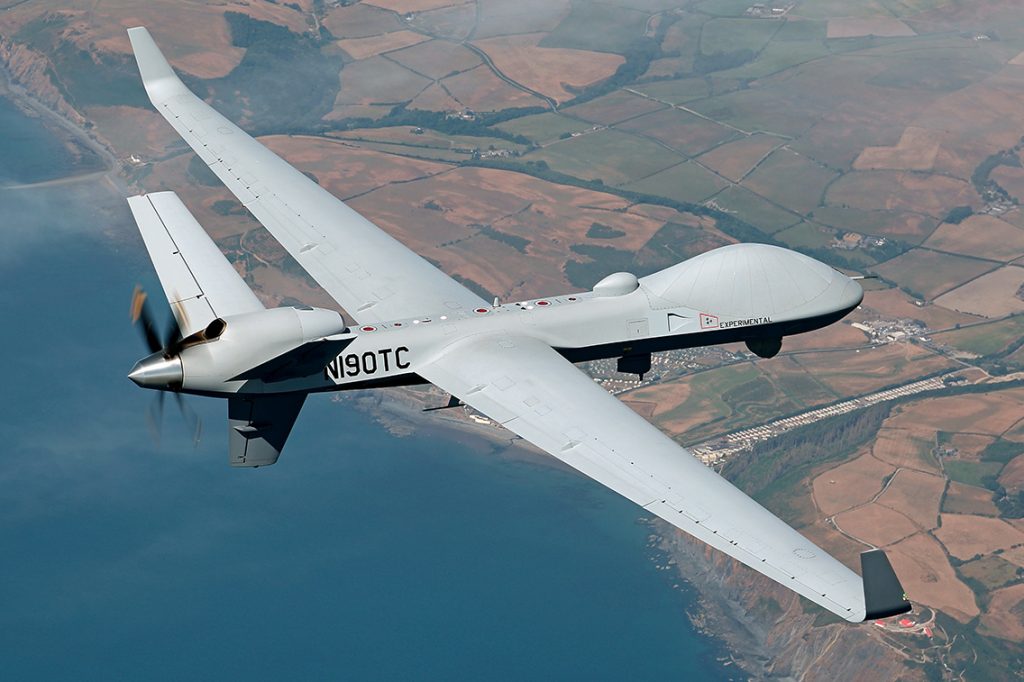
The delivery of the first F-35 will take place here in Florennes with for the main reason of the important work to realise in an infrastructure of 700 hectares. In all the contacts I have had with the different components, there is a real need for new equipment and decisions have been made and there will be more. There is a need for infrastructure but especially for the recruitment of staff. We are not far from the 2000-2500 recruitments needed for this year 2019. Just for Florennes, we are several hundred in the coming years. If we want to go further in recruiting in our army (including young women), we must see how we can reconcile professional life with family life in a region like Florennes. It is clear that there are small communes around but with a capacity that does not match the size of a base like this. I discussed this morning and we will launch the project of a nursery in the Florennes base with internal budget means. We are given a cost estimate of 700,000 €. This should only be an example of what can be developed. We need this capacity to attract new soldiers or civilians in our Air Force but also to keep them.

Another point, I spoke this morning with the Minister of Mobility François Bellot) and I must say that we got requests from regional ministers related to the problems at Skeyes (note: the Belgian Air Navigation Service Provider). It must be realised that in the event of a blockage of Belgian air traffic control, the military continue to operate. We know how to fly our planes and equipment, but we do not have the licences and the legal approvals at this time to be able to take over the civil air control, by Skeyes in this case. In exceptional cases of crisis or disaster, there are possibilities of interventions.
General Vansina will now detail plans for infrastructure here in Florennes.
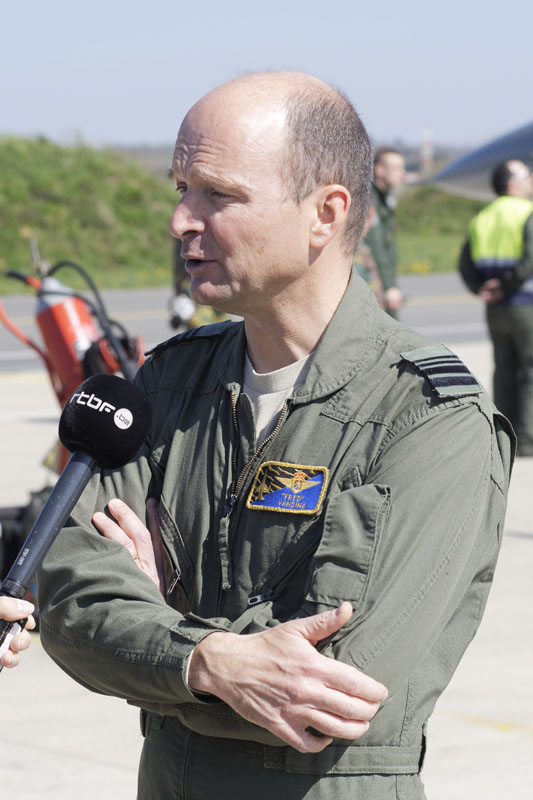
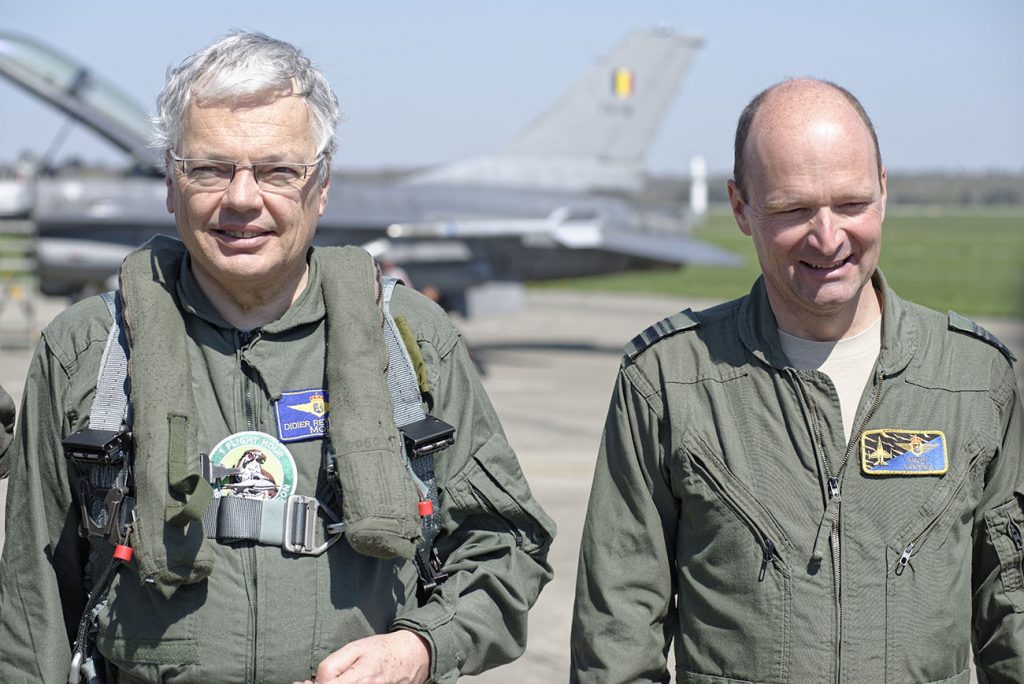
General Vansina: I will start with the MQ-9B who have nothing to do with our B-Hunter. For example, it has a wingspan of a Boeing 737 and it’s really another class of flying craft. What is really innovative is that for the first time a remotely piloted vehicle can evolve in the same airspace as civil or military aircraft with pilots on board. Until now we had specific areas for these flights. The MQ-9B will be equipped with a radar to “see” other planes. It is an observation plane with a turret stabilized to take pictures. The B-Hunter should be withdrawn in 2021 and we have acquired two Sky Guardian systems (as the MQ-9B is called) and each system will consist of two aircraft and a ground control station, here in Florennes. In total there will be four planes and two ground stations. The crew of an MQ-9B consists of a pilot, a sensor operator and a chef de mission. Besides this, there is a support of an operational team. The training will take place in the USA and it is the firm General Atomics located near San Diego that builds the machine.
For the infrastructure, we expect the government’s prior agreement by the end of 2019 for the contract award for completion of works in 2023 to accommodate the MQ-9B here, in Florennes.
The pictures hereunder provide insights information on MQ-9B aircraft.
Credit: Courtesy General Atomics
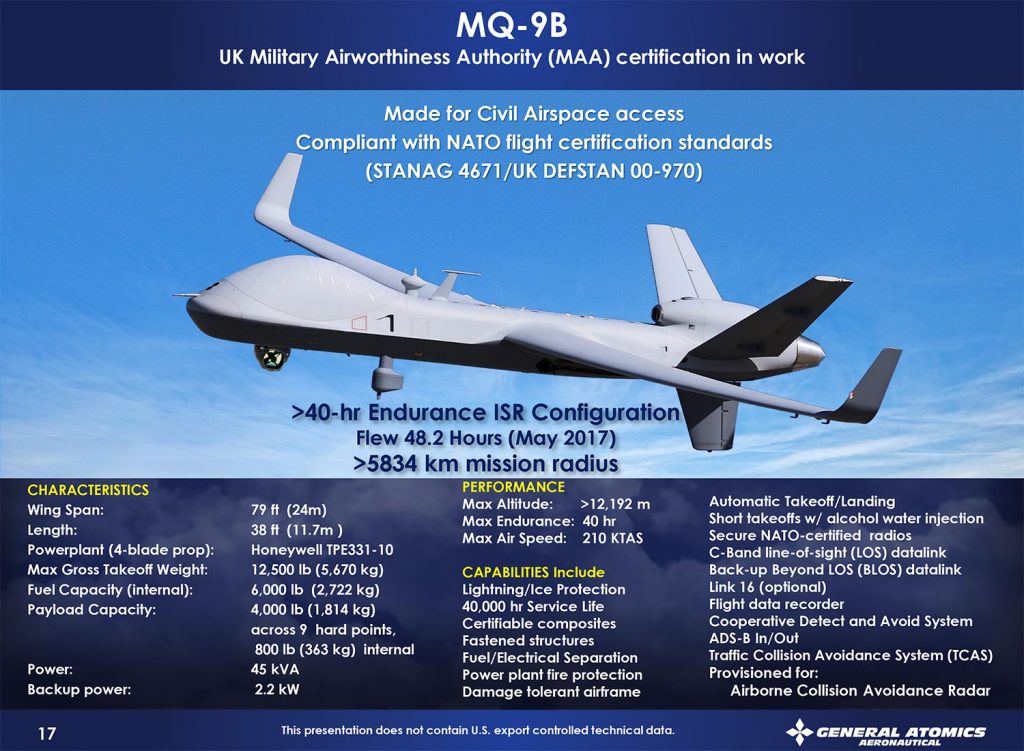
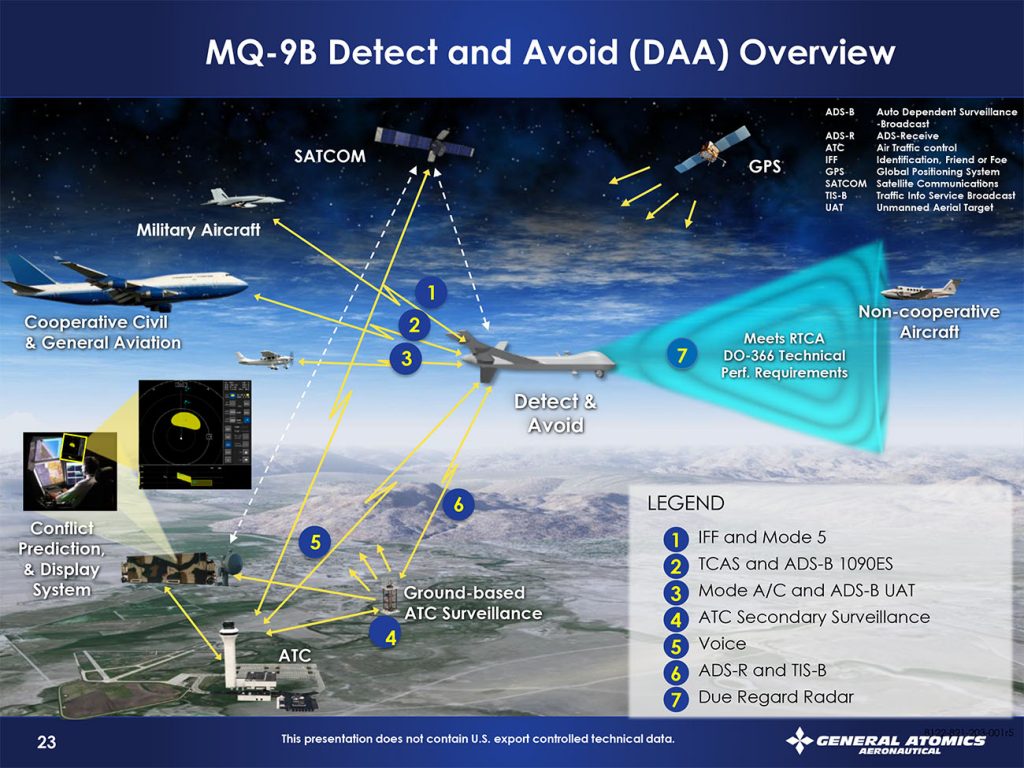
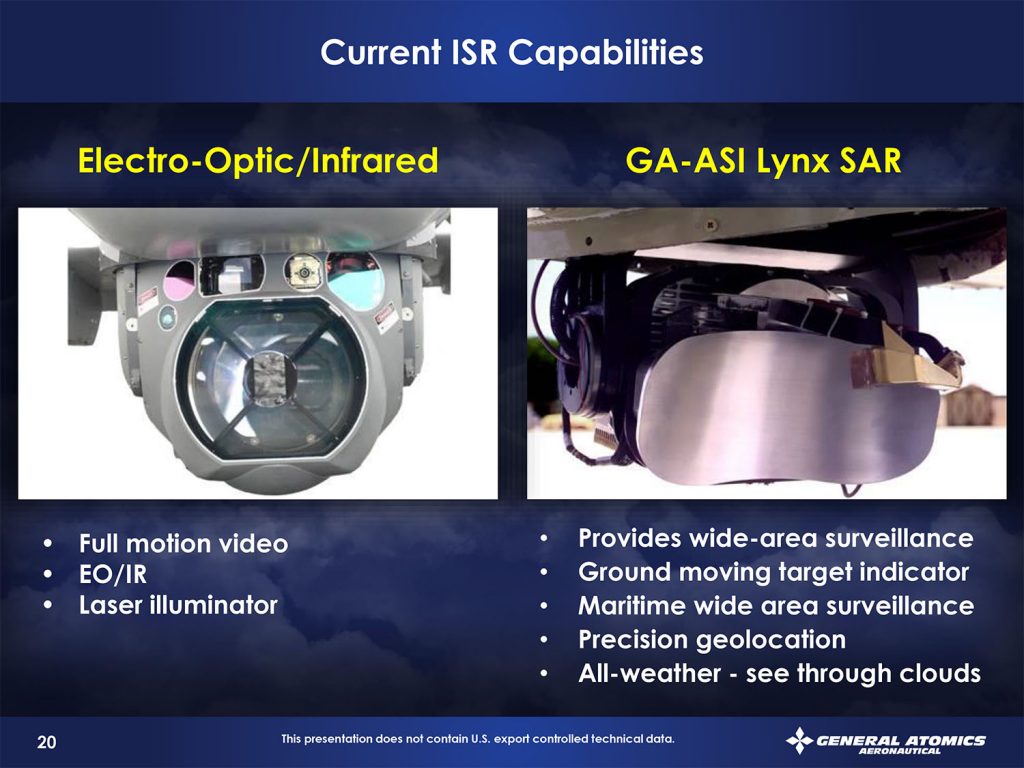
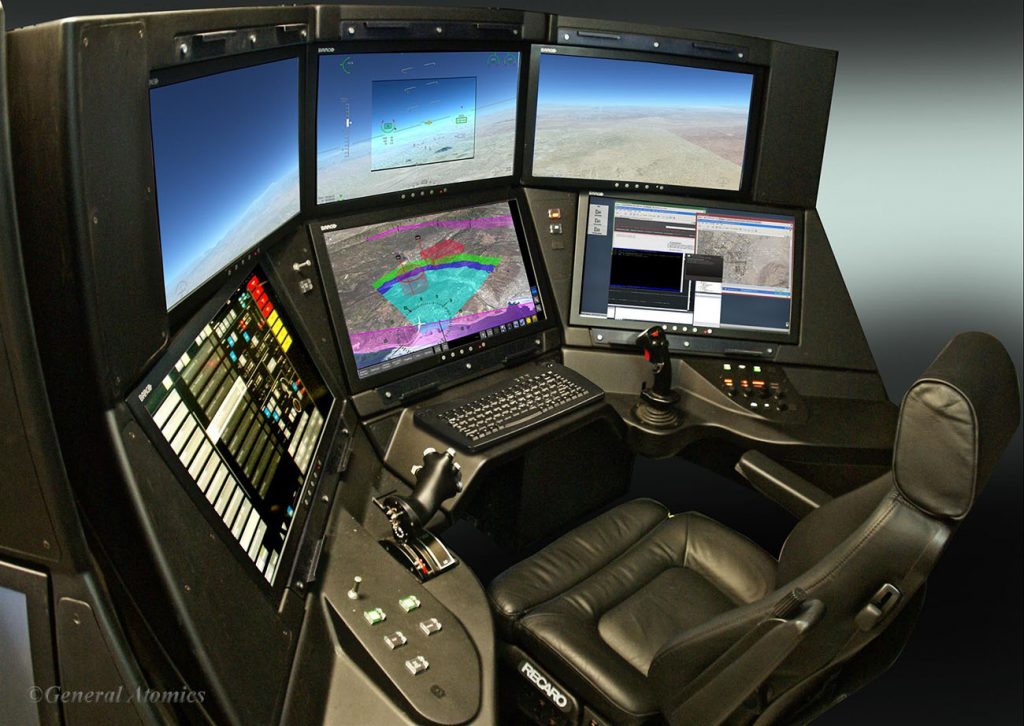
The F-35 is a 5th generation aircraft, a little larger than the F-16 but especially longer, and equipped with a much more powerful engine. It has the same theoretical life of 8,000 hours for the airframe which will allow a lifespan of 40 years. What makes it a 5th generation aircraft is first and foremost an ability to merge data. An F-16 pilot today must look at various screens and integrate information he receives to get an idea of ??the air battlefield. In the F-35, the cockpit can be compared to a flying iPhone with a merger of data as we can see with young people today. The other important capability of this machine is the stealthy data links. It is also a plane that has “stealth” properties, which does not mean that it is invisible, but it is much less visible than other fighter planes. It’s a plane that’s starting to revert, there are more and more users: 14 countries around the world, including six countries in Europe that are our usual partners. We can talk about standardisation around this aircraft. The Minister spoke of a delivery starting in 2023 at a rate of four to five planes per year. The basic idea is to train our personnel in the USA probably at Luke AFB in Arizona for our pilots (from 2022) and technicians probably at Eglin base in Florida. The first planes will arrive here in Florennes in 2025. The F-16 single-seaters will be available for operations until the end of 2028 and there will still be some two-seaters with potential.
For the related systems, we will have a simulation centre here in Florennes and another in Kleine-Brogel and which will be interconnected. These will allow pilots to fly part of their annual flight time on the simulator for two reasons: first, because these simulators have become very efficient, and other parts because the F-35 is equipped with systems that can only be activated in the air in wartime.


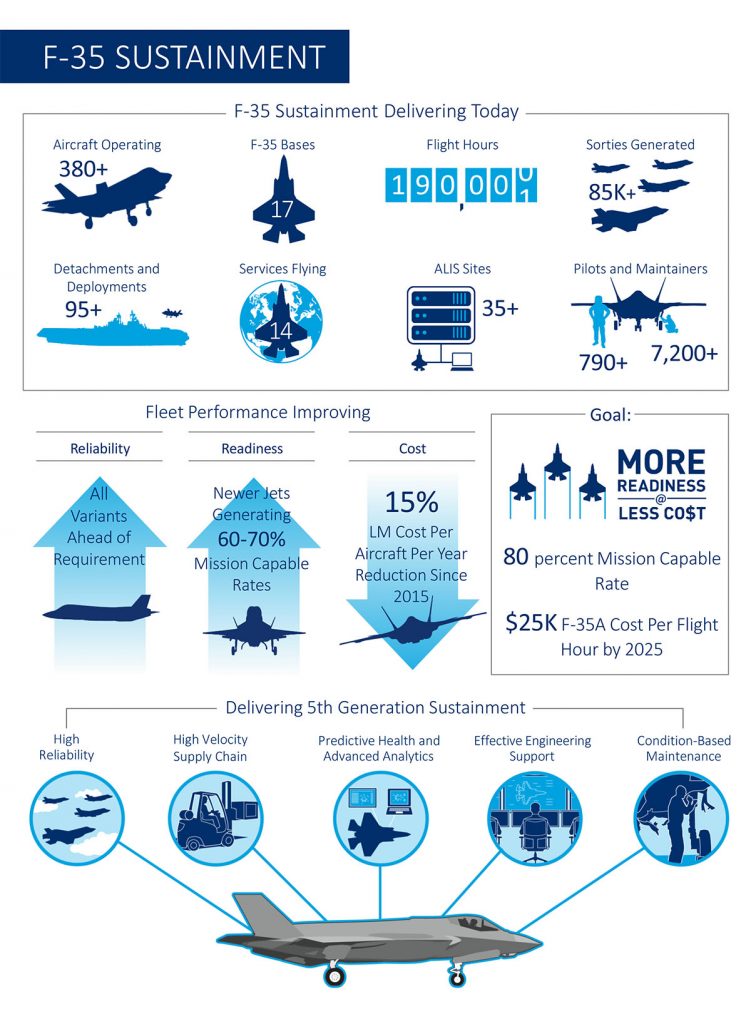
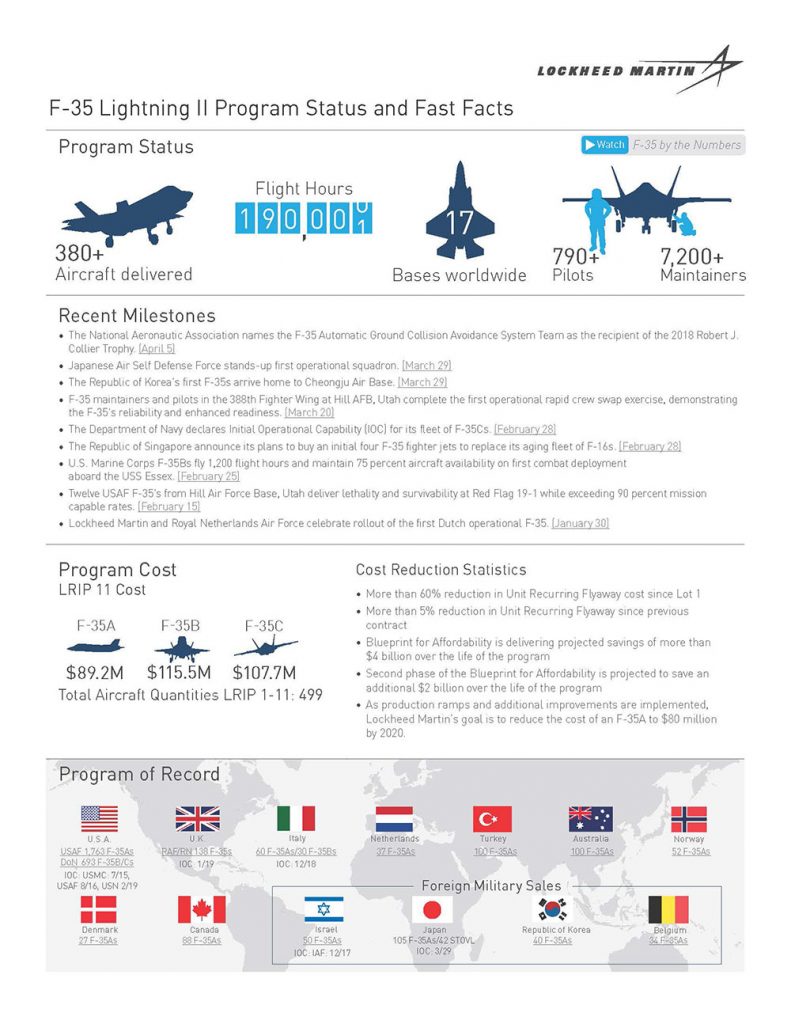
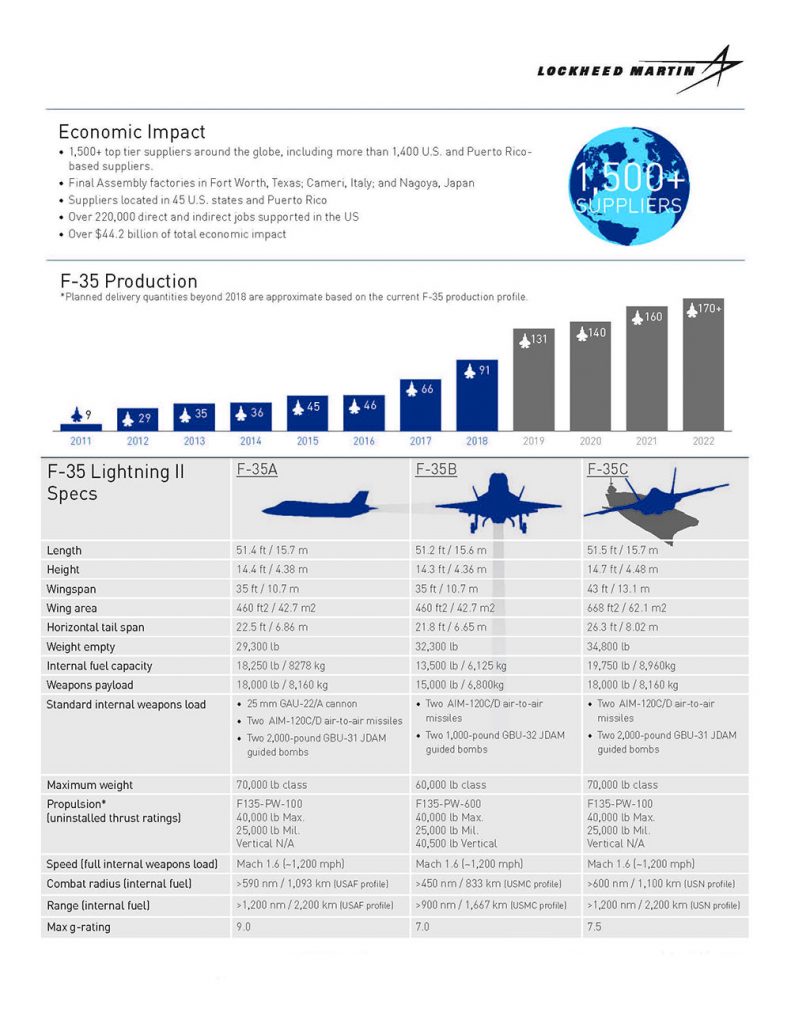
All existing F-16 personnel will be converted to F-35. Since the system is much more sensitive, there will be a lot more security measures related to this aircraft.
From an infrastructure perspective, the basic idea is to replace the old facilities on the two air bases with new ones. Again, the security constraints are such that we have to build something new. They will be centralised areas dedicated to these new capabilities with a particular intention for the well-being of male and female staff. The agreement (from the government) is expected in 2019 for both bases. The start of construction works here will begin mid-2022 and completed at the end of 2024. At Kleine Brogel, there will be a two-year lag to finalise the works in 2026.
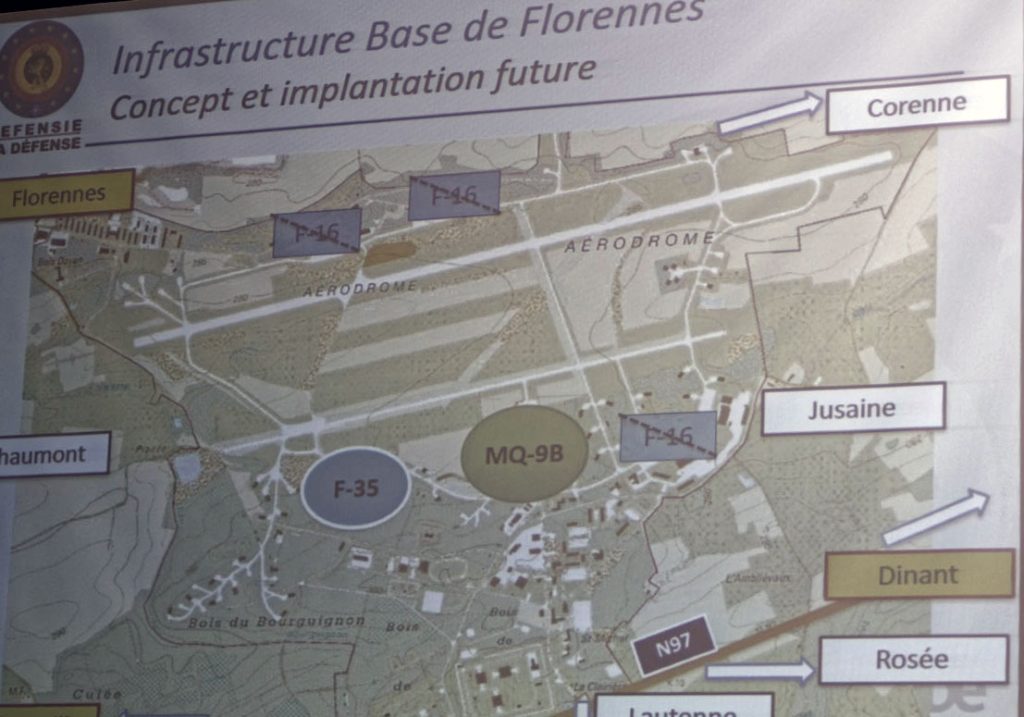
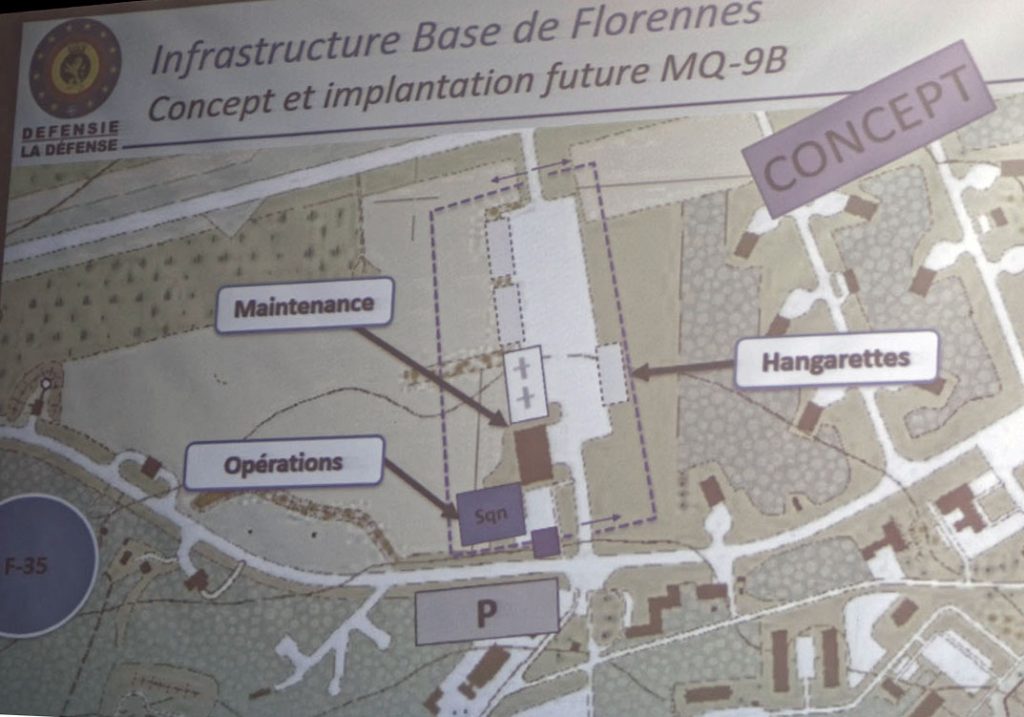
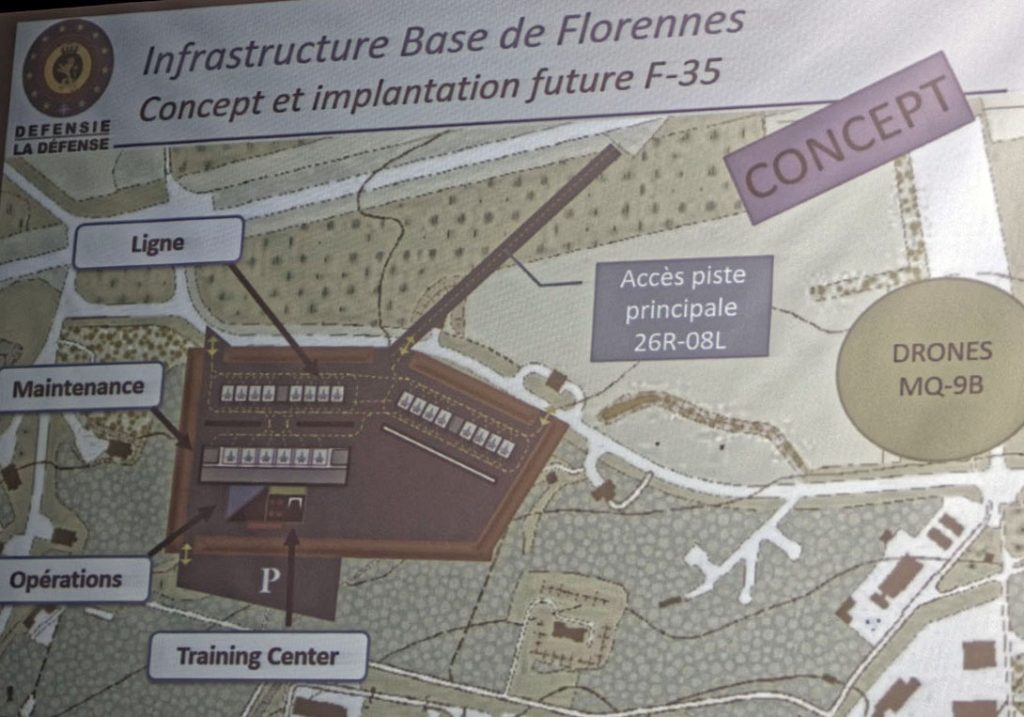
There is no doubt that the Minister of Defence will not soon forget his spring visit to the Florennes base. This meeting with the staff and the press will have marked an important point for the future of the base and for the area.



